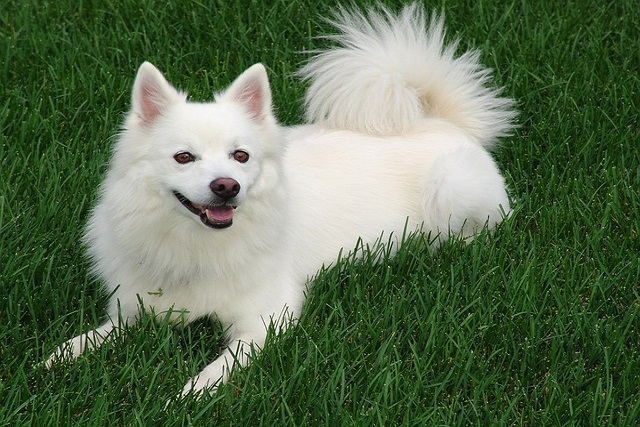
How can I tell if my dog's heatstroke is serious
Let’s be real: It’s a sticky August morning in Los Angeles, and you took your 2-year-old Golden Retriever, Max, for a walk a little later than usual
If you’ve noticed your dog planted on their cooling mat for hours on a hot day, you might be wondering: Is there a limit to how long they can lay there? The good news is that most healthy dogs can use cooling mats safely for extended periods—but the exact duration depends on the mat type, temperature, and your pup’s needs. For new U.S. dog owners, especially those in apartments where heat can linger, knowing how to gauge and support their use keeps your pet cool without risk.
Cooling mats don’t “overcool” dogs because they rely on passive cooling mechanisms, not forced cold. Gel mats absorb body heat until they reach equilibrium with the environment (usually 3–5 hours in warm rooms), then stop getting cooler—your dog will naturally move off if they feel chilly. Evaporative mats (which use water to cool as moisture evaporates) last 2–4 hours before needing to be rewetted. My friend’s 7-year-old Lab, Cooper, spends 4 hours on his gel mat each afternoon, then wanders to the tile floor when the mat warms up—dogs’ instincts guide them to regulate their comfort. Vets note that brachycephalic breeds (like Bulldogs) or senior dogs might use mats longer for relief, but they still self-limit. The only risk is with damaged mats (chewed gel) or leaving them in direct sun (which reduces effectiveness).

To manage use, start by choosing the right mat: Gel mats are low-maintenance for apartments (just move to a cool spot to “recharge” after use), while evaporative mats need a quick soak in cold water when they dry out. Check the mat periodically—if it feels warm to the touch, it’s time to refresh it. Watch for signs your dog is done: shivering, moving to a warmer spot, or restlessness. Never force them to stay on the mat; use positive reinforcement (a treat when they choose it) instead of scolding if they avoid it. For puppies, supervise use initially to prevent chewing—opt for chew-resistant mats with reinforced seams.
Before taking your cooled dog for a walk, confirm their rabies vaccine is up to date—required in all U.S. states—and core shots are current. Always carry poop bags: leaving messes in apartment parks or sidewalks isn’t just rude; cities like Dallas fine owners up to $200, and hot weather makes waste unsanitary. If your dog spends time on the mat outdoors (e.g., apartment balconies), ensure there’s shade and fresh water nearby.
Dogs can lay on cooling mats as long as they’re comfortable—their instincts will keep them safe. With the right mat and simple monitoring, you’ll help them beat the heat all season.

Let’s be real: It’s a sticky August morning in Los Angeles, and you took your 2-year-old Golden Retriever, Max, for a walk a little later than usual

You're enjoying a summer afternoon at the park when you notice your dog has stopped panting and appears disoriented - their gums are bright red

Let’s paint the picture: You’re in your Denver apartment, watching your 4-year-old Boston Terrier, Ruby, plop down mid-play session with her favorite toy

Many dog owners notice their pets nails seem shorter after regular walks,but how much does this daily activity actually help?The answer depends on where you walk—concrete sidewalks or asphalt streets gently file nails as a dog's paws hit the ground

Most dog owners notice their pup scooting across the carpet at some point, but few connect it to impacted anal glands. These small sacs near a dog’s rectum secrete a scent for marking territory

Most vets agree that regular dog teeth cleaning is key to avoiding painful dental issues later. For healthy adult dogs, a professional cleaning at the vet’s office every 12 to 18 months usually works well.